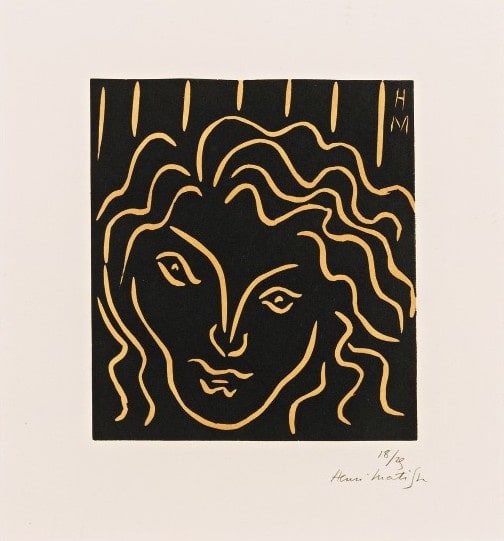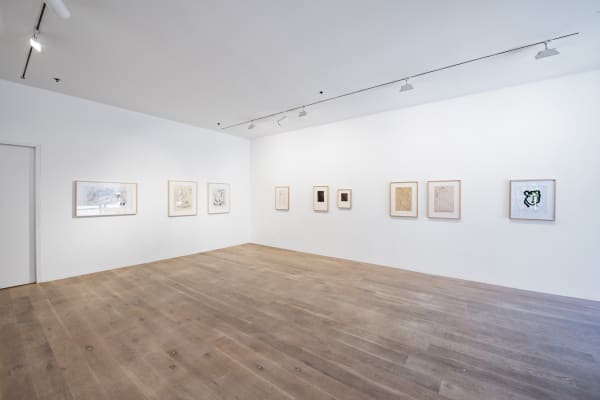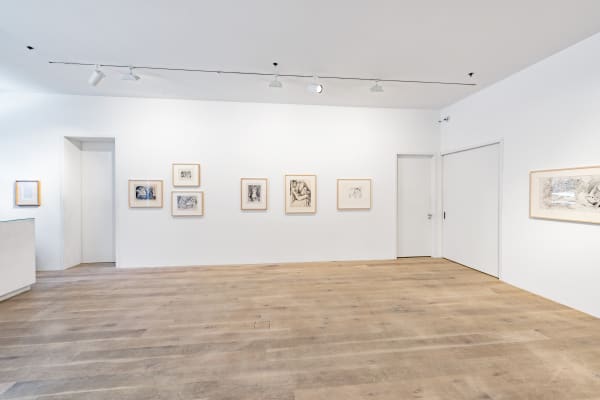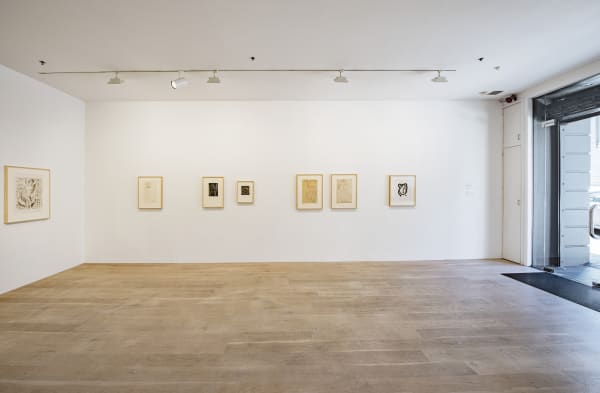Master of Line: Henri Matisse
An interest in colour and line continued to pervade Matisse’s multidisciplinary practice throughout his career, with the artist continually mastering new techniques to better explore the possibilities of these two formal elements.
Henri Matisse (France, 1869 – 1954) was a pioneering figure in Modern art, and is recognised as one of the most influential artists of the era. Renowned worldwide for his extraordinary ability to capture the essence of his subject in just a few powerful lines, Matisse was an accomplished draughtsman, sculptor, and printmaker, moving between various media and techniques with ease. This exclusive exhibition at Gow Langsford Gallery presents a curated selection of etchings, lithographs, aquatints, and linocuts spanning a period from as early as 1906 until shortly before his death in 1954. Master of Line marks the first time Matisse’s works will be exhibited in a private gallery in New Zealand.
Matisse began painting at the age of 20, after having pursued a short-lived career in law. Initially rejected from the prestigious Parisian art school, the École des Beaux-Arts, in 1891, the young French artist undertook more traditional training under the guidance of Symbolist painter Gustave Moreau. However, when exposed to the revolutionary use of colour in the paintings of Vincent van Gogh, he abandoned his conservative foundation in favour of something radical. Matisse soon achieved notoriety exhibiting works that were avant-garde in their treatment of the human form and nature, exemplified by Blue Nude (Souvenir of Biskra) (1907) and Dance (1910). He and associated artists were disparagingly labelled ‘Les Fauves’ (wild beasts) by critics, which would later give the movement categorised by bold brushstrokes and vibrant, non-naturalistic colour its name, Fauvism.
An interest in colour and line continued to pervade Matisse’s multidisciplinary practice throughout his career, with the artist continually mastering new techniques to better explore the possibilities of these two formal elements. Early in his career, he recognised that printmaking would enable him to distil an image down to its essential elements, and somewhat paradoxically he worked primarily in black and white in order to focus on line. Matisse experimented with and adapted a range of processes to explore their respective effects: a lithograph allowed him to achieve patterned detail and tonal modelling akin to his painting; whereas linocuts allowed for fluidity of line and simplified compositions like those of Tête de femme en mascaron (1938) and La Belle Tahitienne (1938). The arabesque lines for which he is celebrated could be obtained by an innovative use of aquatint, employing it alone for a result mimicking a watercolour wash. Matisse made the striking Patitcha (1947) using this technique.
Where Matisse’s paintings often look to be effortless, they were the result of a labouring and exacting process. Printmaking offered Matisse respite, allowing for an extension of his drawing practice. He created numerous etchings, often intimate studies of friends, family, and models with a loose, sketchy finish as exemplified by Nu au miroir marocain (1929). Unlike other artists who often relied on printing technicians to execute the prints, Matisse installed an etching press in his studio so that he had the freedom to print at will, allowing for a prolific output. Over a fifty year period, Matisse would produce more than eight hundred unique prints, and is recognised as the modern era’s most innovative printmaker.







